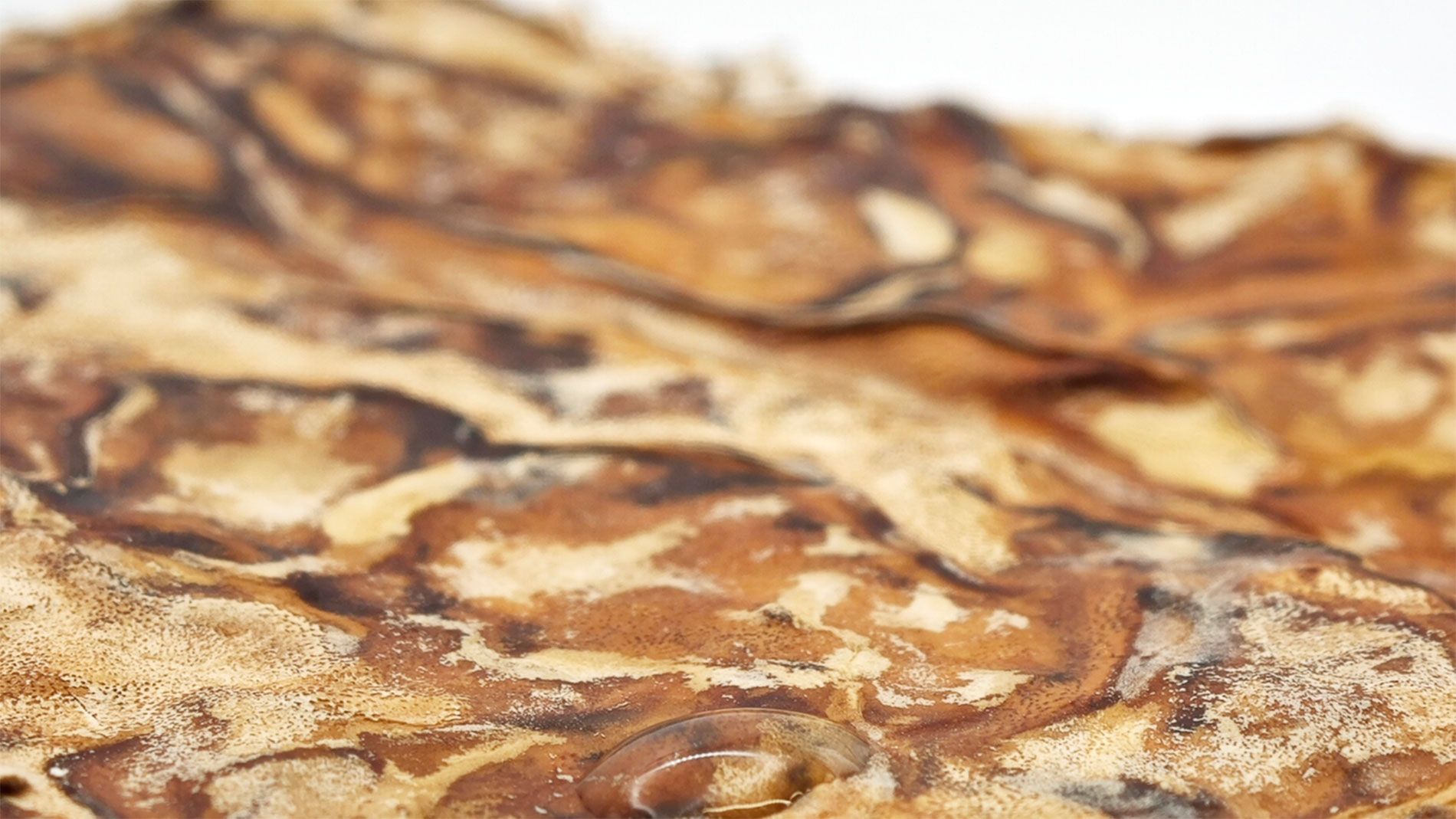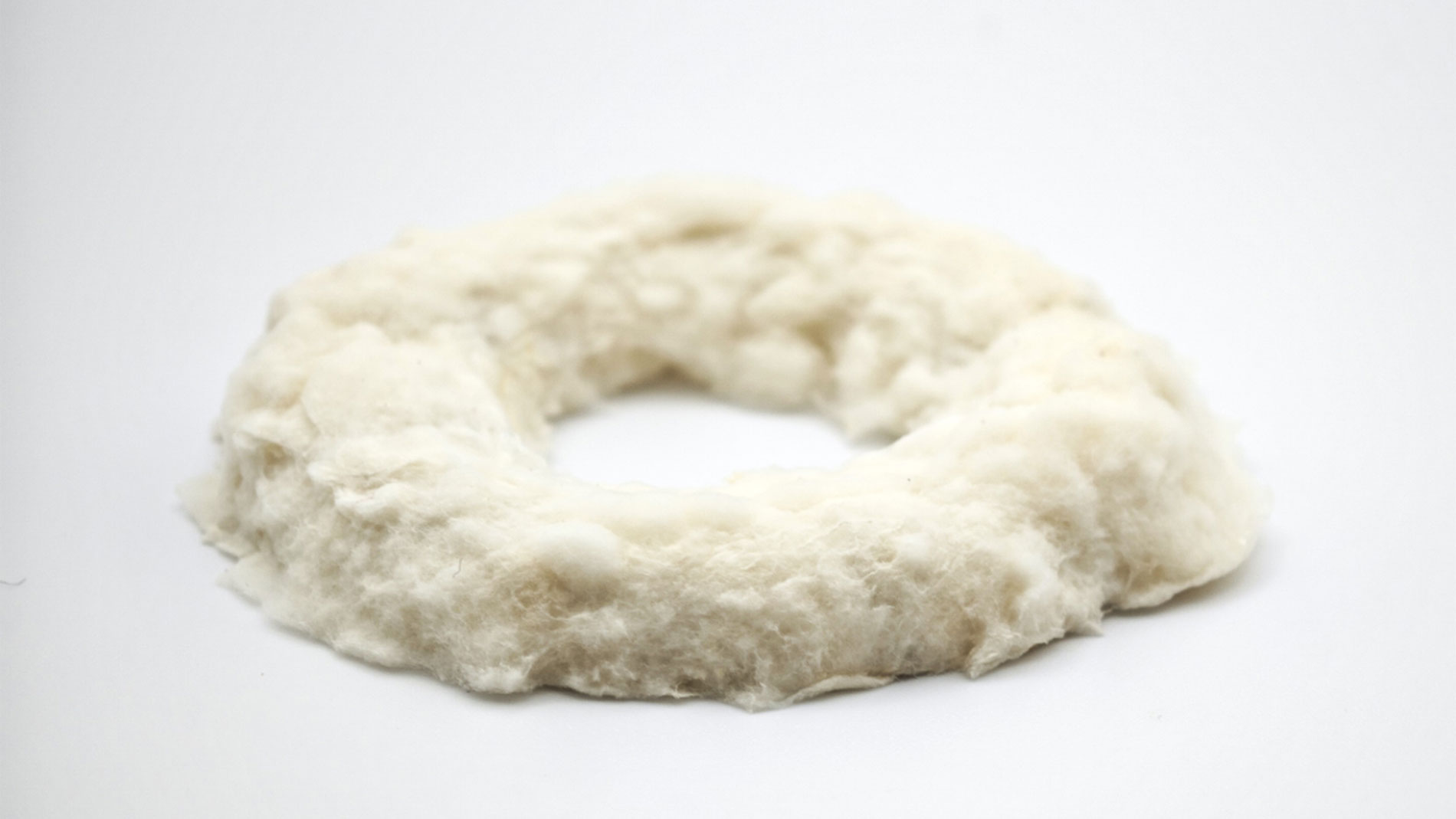16 May 2024
Mushroom mycelium can serve as a renewable and sustainable replacement for various materials, such as animal leather; packaging material made of wood, cardboard, or polystyrene; and insulating wool. Now, a team of researchers at Fraunhofer IWU has opened up another area of application for mushroom mycelia: 3D-printed components that make high-quality transmission line loudspeakers sound even better.

The researchers’ findings regarding the programmability of mushroom mycelium material for loudspeaker construction are particularly promising. The desired material properties can be specifically adjusted in the cultivation of mycelium. This results in foam-like structures that are particularly suitable for sound absorption or damping, or solid and smooth structures that are ideal for sound reflection. Mycelium can therefore be used both as an insulating material and for housings.
To ensure good low bass frequencies and as little resonance (natural vibrations) as possible, transmission line loudspeakers rely on a sound outlet that is connected to a tube up to three meters long inside their enclosure. This tube has to be folded several times in the speaker cabinet in order to find space, which results in complex geometry. The high manufacturing costs alone deter many manufacturers from using this design principle. The 3D printing of functional components and loudspeaker enclosures has solved this issue while also reducing the number of glued and other joints.

Fungal mycelium is found in large quantities in the soil. It can also be obtained from the organic residue of materials such as straw, wood, sawdust, reeds, or spent grains (from brewing beer). The material is completely non-toxic, comparable to edible mushrooms, and completely biodegradable.
FURTHER INFORMATION:
Tags
- Materials
- Sustainability
- Electronic engineering and electronics
